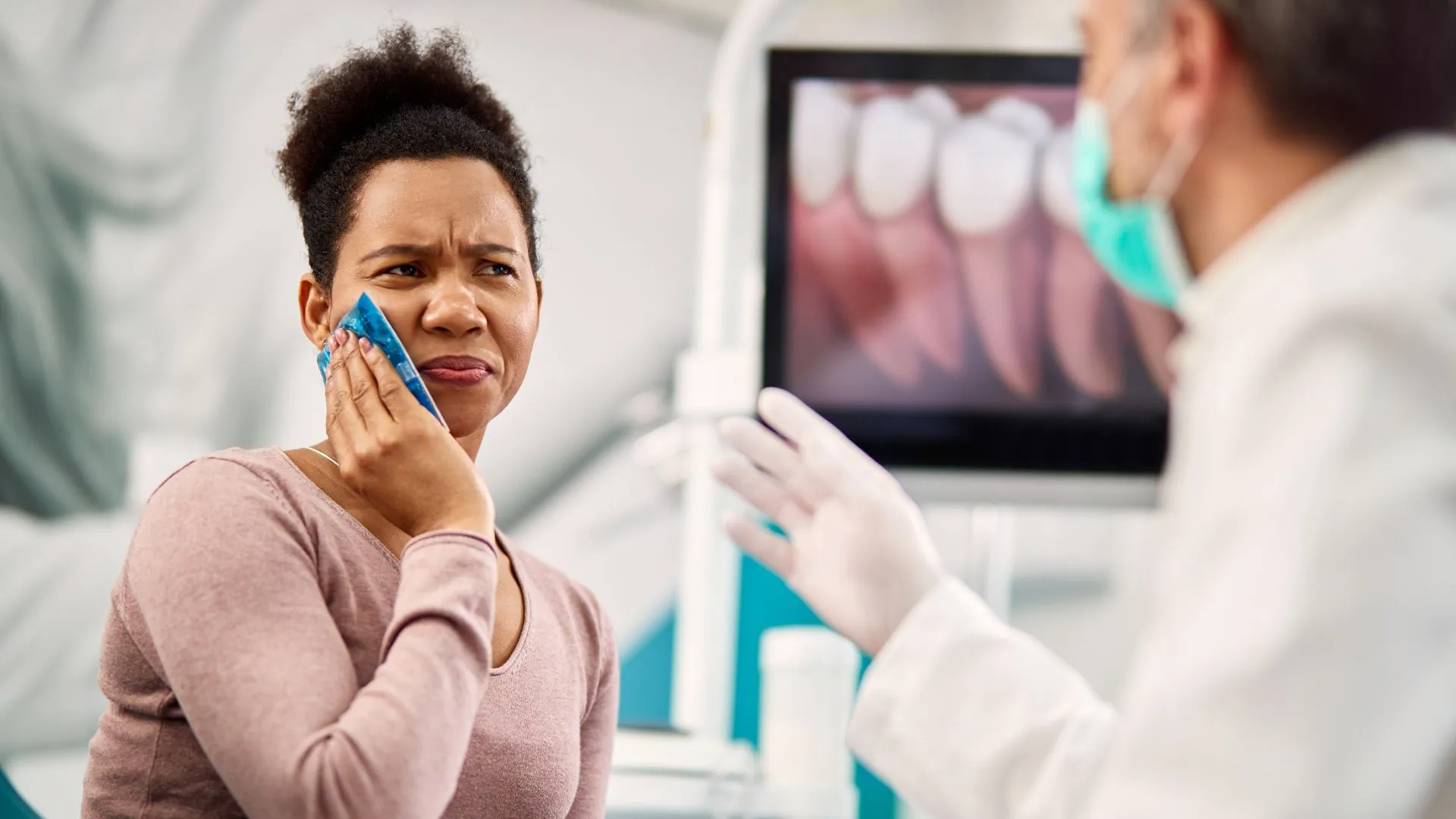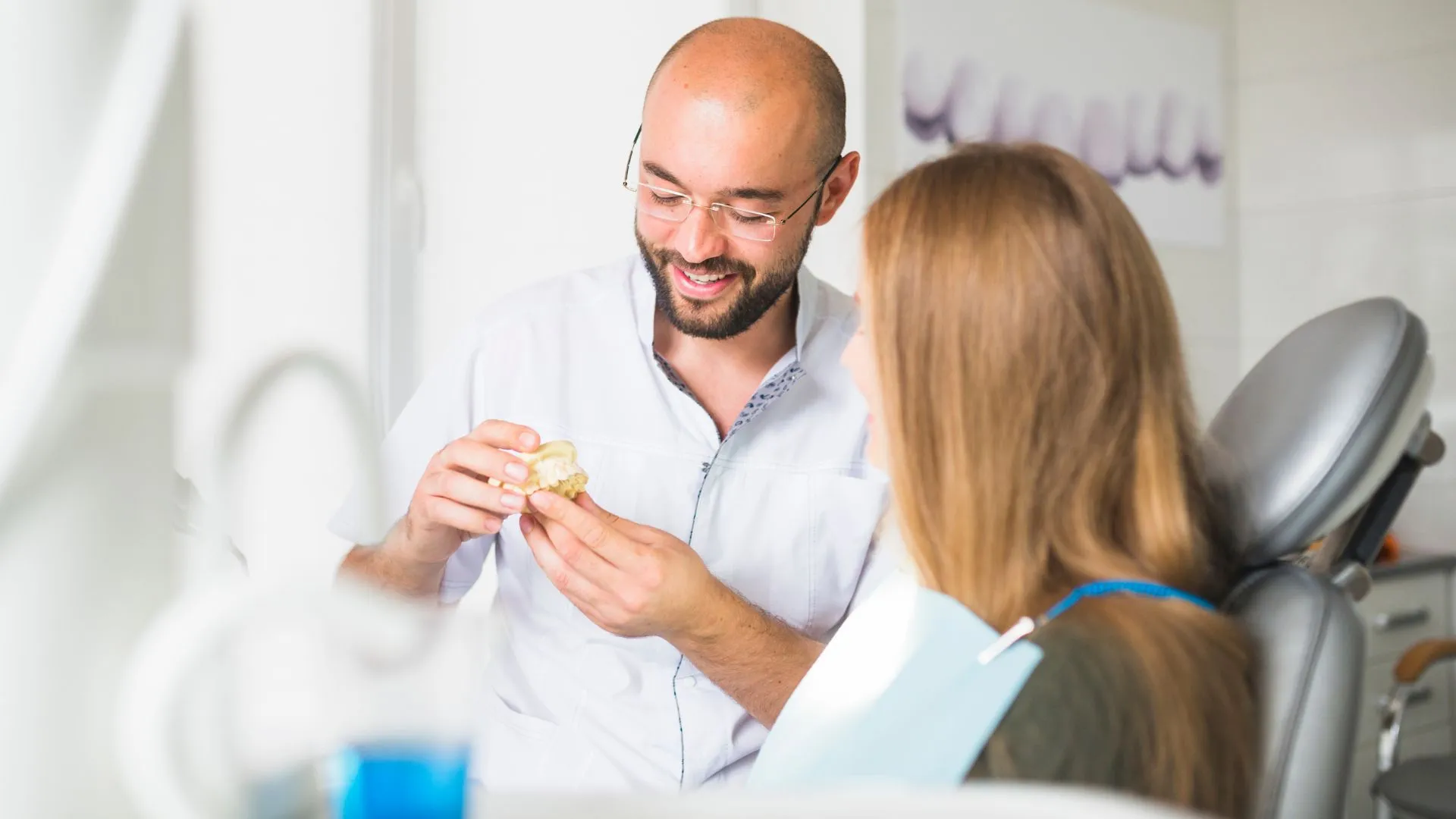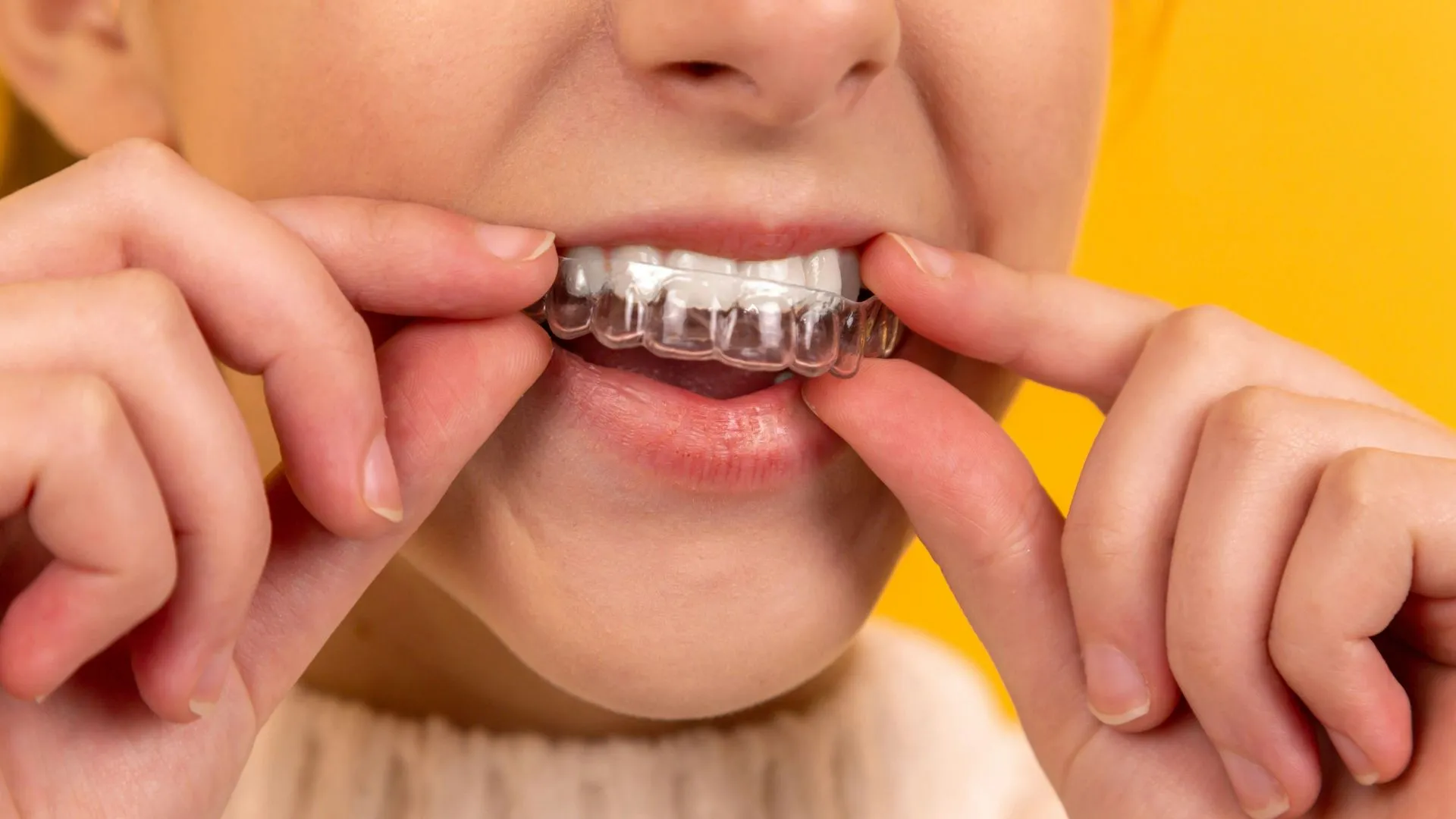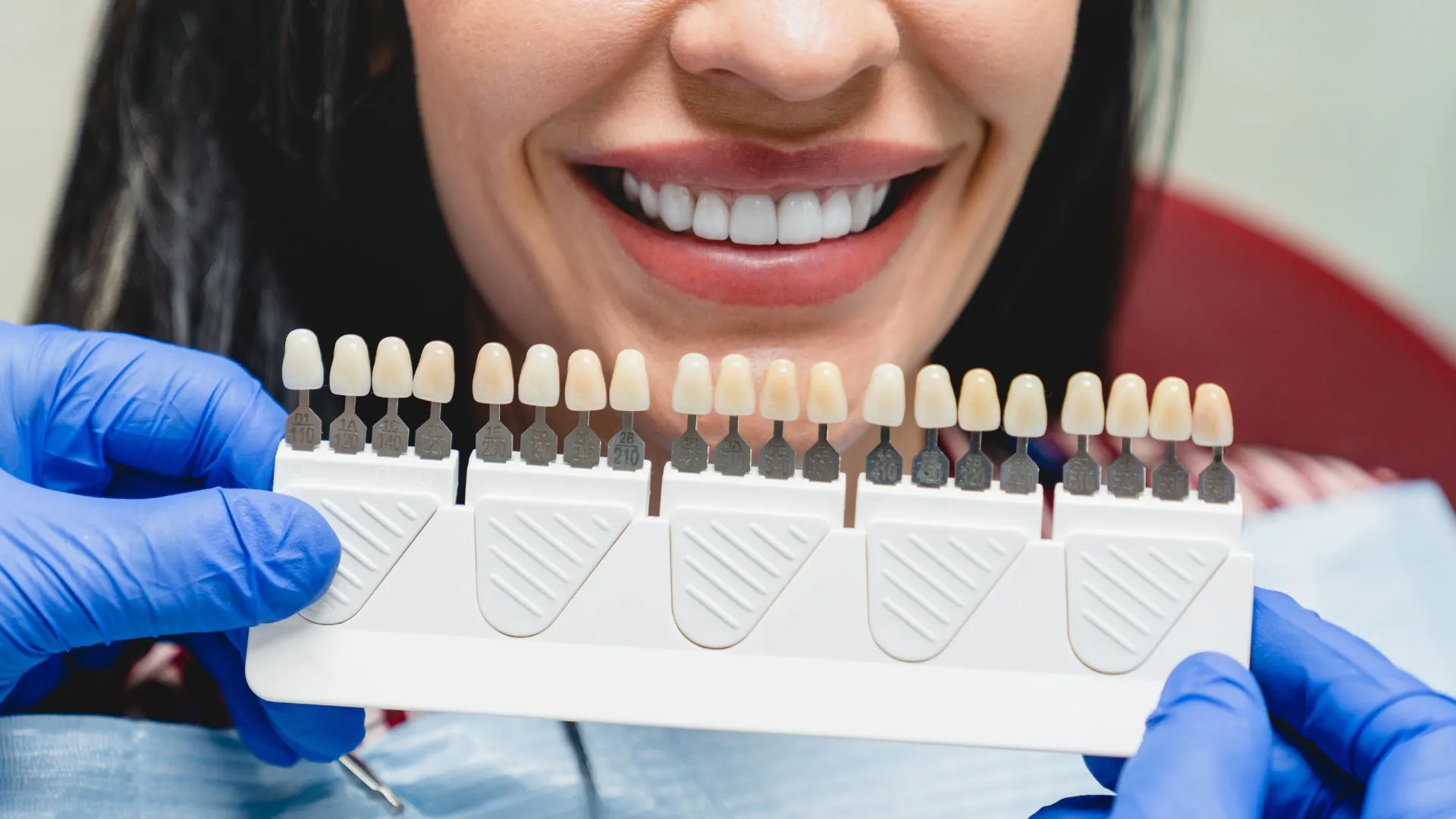No doubt, if you have heard about a root canal, you probably associate it with a painful dental procedure. However, one of the questions not touched on is if there is pain after a root canal. It would be surprising to some that there could be discomfort…
No doubt, if you have heard about a root canal, you probably associate it with a painful dental procedure. However, one of the questions not touched on is if there is pain after a root canal. It would be surprising to some that there could be discomfort after the procedure given what all the treatment entails. Essentially your dentist is removing the nerve of the tooth. The nerve is what sends signals of feeling to the brain and how we interpret discomfort or pain.
A root canal procedure treats the inside of the tooth, the pulpal area. This is also referred to as endodontics. While the outside of the tooth is one of the hardest parts of our bodies, the inside of the tooth is not. It is made up of soft tissue with nerves, lymphatic tissue, and blood supply. The pain felt before a root canal is a signal of trouble and usually indicates a problem within the pulpal or pulp, like an infection. If the pulpal becomes infected, or tooth decay has progressed deep enough, it will need to be removed.
While many associate a root canal with pain, it’s typically the pain before the procedure that is the most memorable. Often you’ll find that those that have an infected tooth will compare it to the worst pain they have ever felt. This may seem overdramatic, but given that the nerve of the tooth has many receptors, it is undoubtedly more painful than one may realize. That is not to say that experiencing pain after a root canal isn’t abnormal.
The purpose of a root canal is to not only eliminate the pain but also to save the tooth. Way back when, if you were having tooth pain, the dentist would immediately jump to using extraction as a means to solve the problem. Luckily, in this day in age, there are options for preserving the natural tooth, like root canals, that allow patients to keep their teeth, even when an infection is present. Conservative dentistry isn’t something every dental practice follows, but it is essential to know that when a dentist says they focus on conservation, they mean doing what they can to care for a patient’s tooth, and not use aggressive approaches like teeth extractions.
The root canal procedure
If you are unfamiliar with a root canal, or if your dentist has recommended this treatment for you, it is likely you have questions about the procedure, and what to expect after it’s all over. Before your dentist does anything with a drill, he will first need to numb the area to be treated; this includes the tooth, gums, and surrounding tissue. A local anesthetic will help keep the patient comfortable while he works on the infected tooth.
Once the area is thoroughly numbed, your dentist will drill into the center of the tooth, removing any decay, and using individual instruments remove the infected portions. Once removed, he will then cleanse the area thoroughly flushing out any residue infection that may have been left behind. After this is finished, the cavity is then filled and often capped with a crown.
The whole root canal procedure can last a few hours, and surprisingly enough isn’t painful. Yes, the thought of someone drilling into your teeth may sound frightening, but it isn’t as bad as you might think. Some patients have been known actually to sleep through the procedure, and if that isn’t comforting enough, some dental offices offer sedation dentistry to alleviate any anxiety you may be experiencing.
Root canal recovery
Everyone is different when it comes to root canal recovery time. Your dentist will do their best to eliminate all the infections from your tooth, but some may still remain. It could take up to ten days for it to clear out, but in that time, you should notice that the pain associated with the tooth will diminish. Directly following the root canal, after the anesthetic wears off, you may have some pain. Some patients don’t understand why there could be pain following a root canal if the nerves of the tooth are removed. The logic behind why there could be some discomfort is there is still tissue and ligaments that may remain. These can send sensations of pain if still infected, or were damaged.
Whatever level of discomfort felt or pain after the root canal is drastically different than that prior to the procedure. Many patients find significant amounts of relief, and report that after the process any discomfort is minimal, and a much-improved experience when compared to before the root canal. Your dentist will likely tell you to take a pain reliever and anti-inflammatory following a root canal to reduce swelling and assist with pain management.
The infection on the outside of the tooth may take a week to resolve, and in that time, the ligaments will begin to heal. Because the blood vessels in the area are tiny, it can extend the time it takes for the infection to clear. You can discuss with your dentist the option for antibiotics to help fight the infection faster. If weeks after the procedure you are still feeling pain or discomfort that feels like a toothache, you should make an appointment with your dentist to have a reevaluation done to find the cause. In some cases, toothache pain can simply be a result of a bite problem. It can be discouraging to still experience pain from a failed root canal, but retreatment can be an option to preserve the tooth.
Following A Root Canal
There are a few questions patients have about after a root canal including if there will be tooth sensitivity after cleaning, and once the root canal is done will they ever have to worry about that specific tooth again?
A root canal is usually highly successful at eliminating pain and the infected portions of the inner tooth. But that doesn’t always mean that there isn’t a need for retreatment. The severity of infection, or how a person responds to the procedure will play a significant role. The goal behind a root canal, aside from solving the pain, is to preserve the tooth first and foremost.



